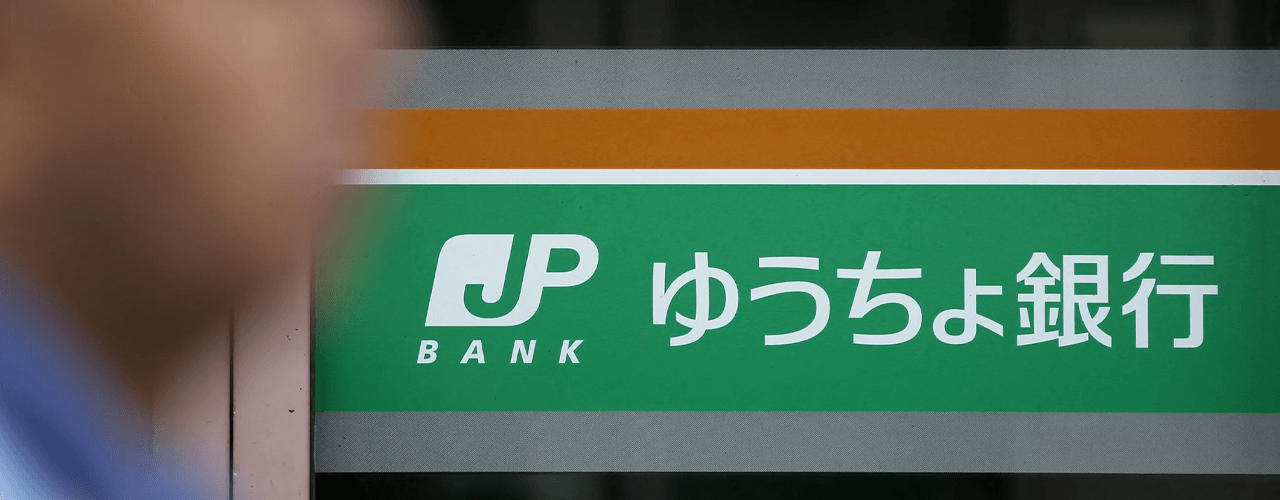The bank will link savings accounts to DCJPY, a digital currency developed by DeCurret DCP, valuing one unit at 1 yen and enabling instant, app-based conversion between bank deposits and the token. By pairing its scale with the tokenized rails, the institution aims to make online access to blockchain-based financial products seamless for its customer base.

Japan Post Bank is one of the country’s oldest banks as it was founded in 1875.
Nikkei’s Takanobu Aimatsu and Tensei Tani further reports that the initiative is designed to revitalize many of the 120 million accounts on the platform and appeal to younger customers, while providing older, long-tenured customers a path to digital services. As of the end of March, Japan Post Bank held about 190 trillion yen in deposits, making it one of the country’s largest deposit takers.
The DCJPY link is expected to support purchases of security tokens—blockchain units backed by assets such as real estate and bonds—and other digital assets, with settlement designed to be instantaneous rather than the typical two-day delivery cycle. The bank also plans to enable trading of non-fungible tokens, according to Nikkei’s report.
Beyond customer-initiated investing, the report notes discussions around using DCJPY for public disbursements: local governments could route subsidies and grants through the token, allowing automatic deposit into customer accounts and potentially streamlining municipal operations. Japan Post Bank says it will consider the feature if local demand materializes.
Japan Post Bank’s turn to tokenization marks the latest step in a 150-year evolution that began in 1875 as a nationwide postal savings system designed to promote thrift and broaden financial access through Japan’s post office network. Those deposits historically supported public works and national development by aggregating small balances from households across the country.
The modern entity we know today emerged from postal privatization reforms in 2007, when Japan Post Bank was incorporated under Japan Post Holdings and gained the ability to broaden services beyond traditional savings. The bank was later listed on the Tokyo Stock Exchange in 2015 (TSE: 7182), enhancing market access and transparency while retaining its retail-first identity.
In recent years, Japan Post Bank has pursued digital upgrades alongside its extensive physical reach, blending mobile access with in-person service to maintain trust among older clients and improve convenience for younger users. That hybrid strategy provides the backdrop for the planned FY2026 token rollout.
If executed as described, the DCJPY connection would give depositors a direct bridge from savings to tokenized instruments with near-instant settlement, positioning the bank’s enormous retail base to interact with a wider array of digitized securities while keeping their primary relationship inside Japan Post Bank’s ecosystem.
免责声明:本文章仅代表作者个人观点,不代表本平台的立场和观点。本文章仅供信息分享,不构成对任何人的任何投资建议。用户与作者之间的任何争议,与本平台无关。如网页中刊载的文章或图片涉及侵权,请提供相关的权利证明和身份证明发送邮件到support@aicoin.com,本平台相关工作人员将会进行核查。




